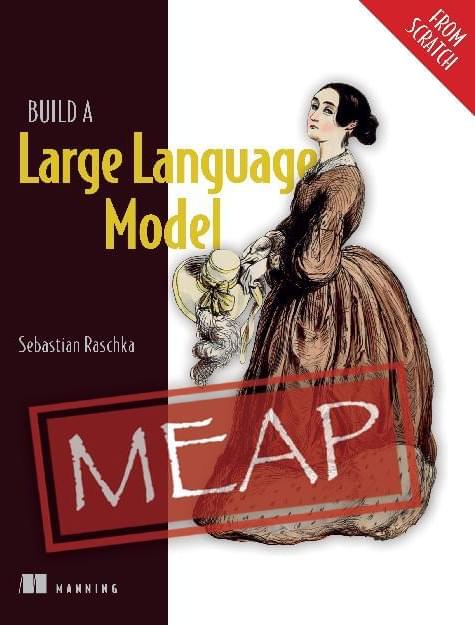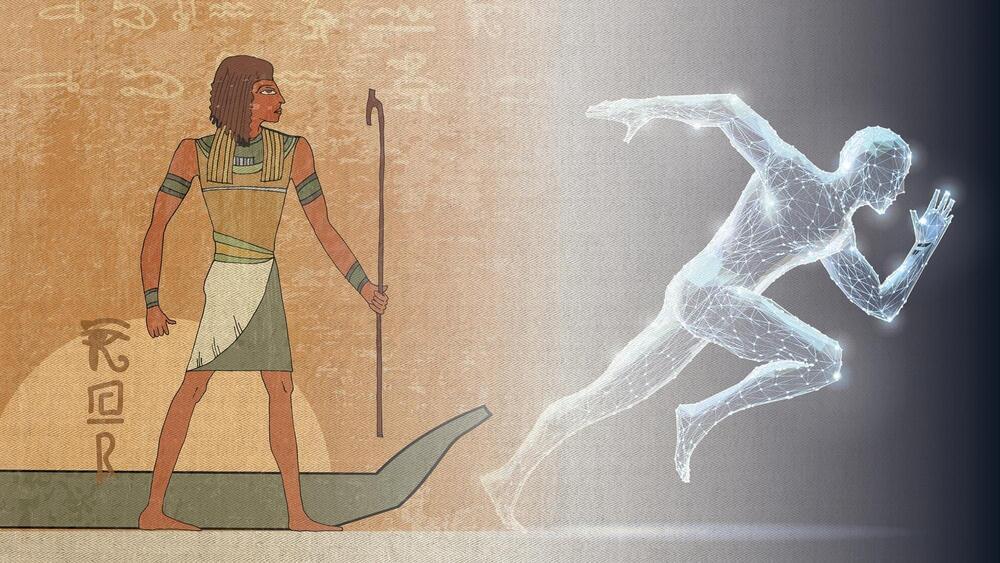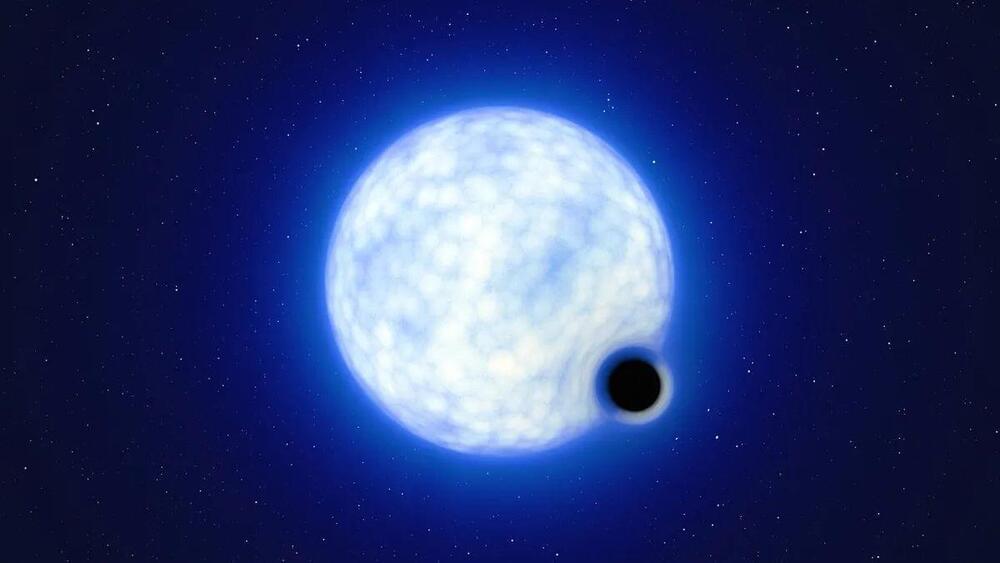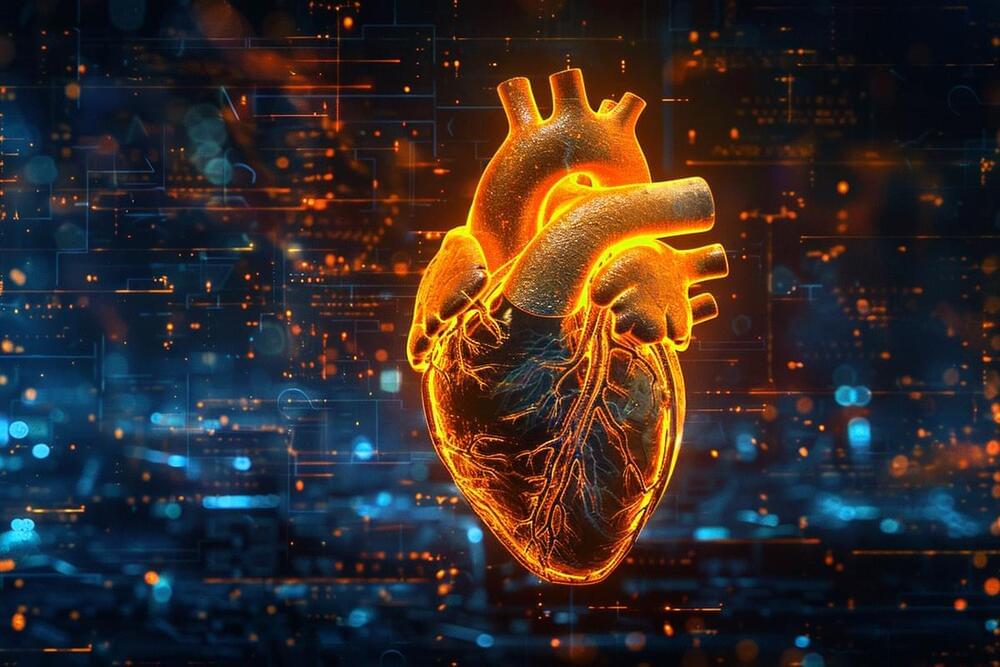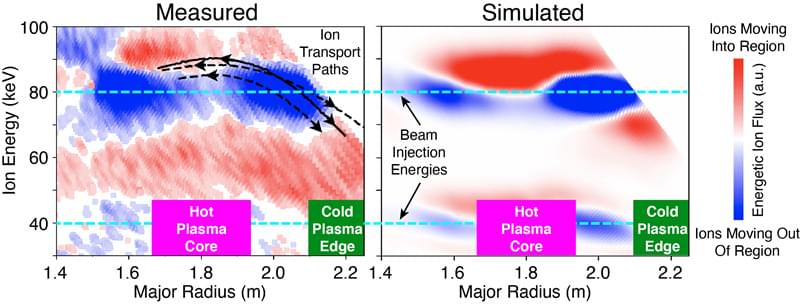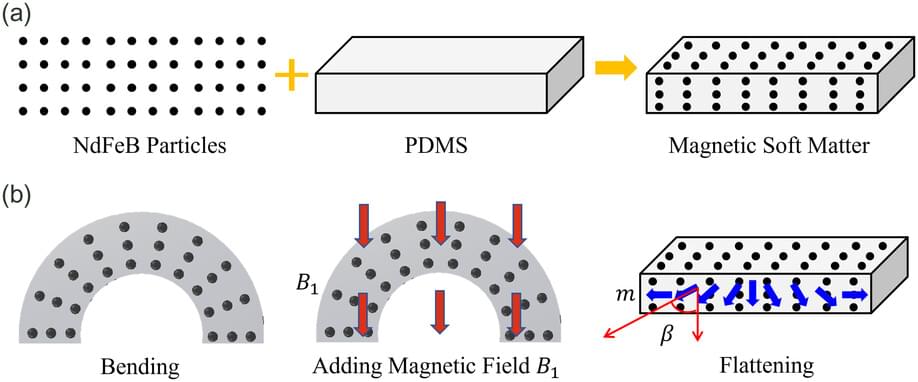Is it possible that time is real, and that the laws of physics are not fixed? Lee Smolin, A C Grayling, Gillian Tett, and Bronwen Maddox explore the implications of such a profound re-think of the natural and social sciences, and consider how it might impact the way we think about surviving the future.
Listen to the podcast of the full event including audience Q\&A: http://www.thersa.org/__data/assets/f…
Follow the RSA on Twitter: / thersaorg.
Like the RSA on Facebook: / thersaorg.
Our events are made possible with the support of our Fellowship. Support us by donating or applying to become a Fellow.
Donate: http://www.thersa.org/support-the-rsa.
Become a Fellow: http://www.thersa.org/fellowship/apply
